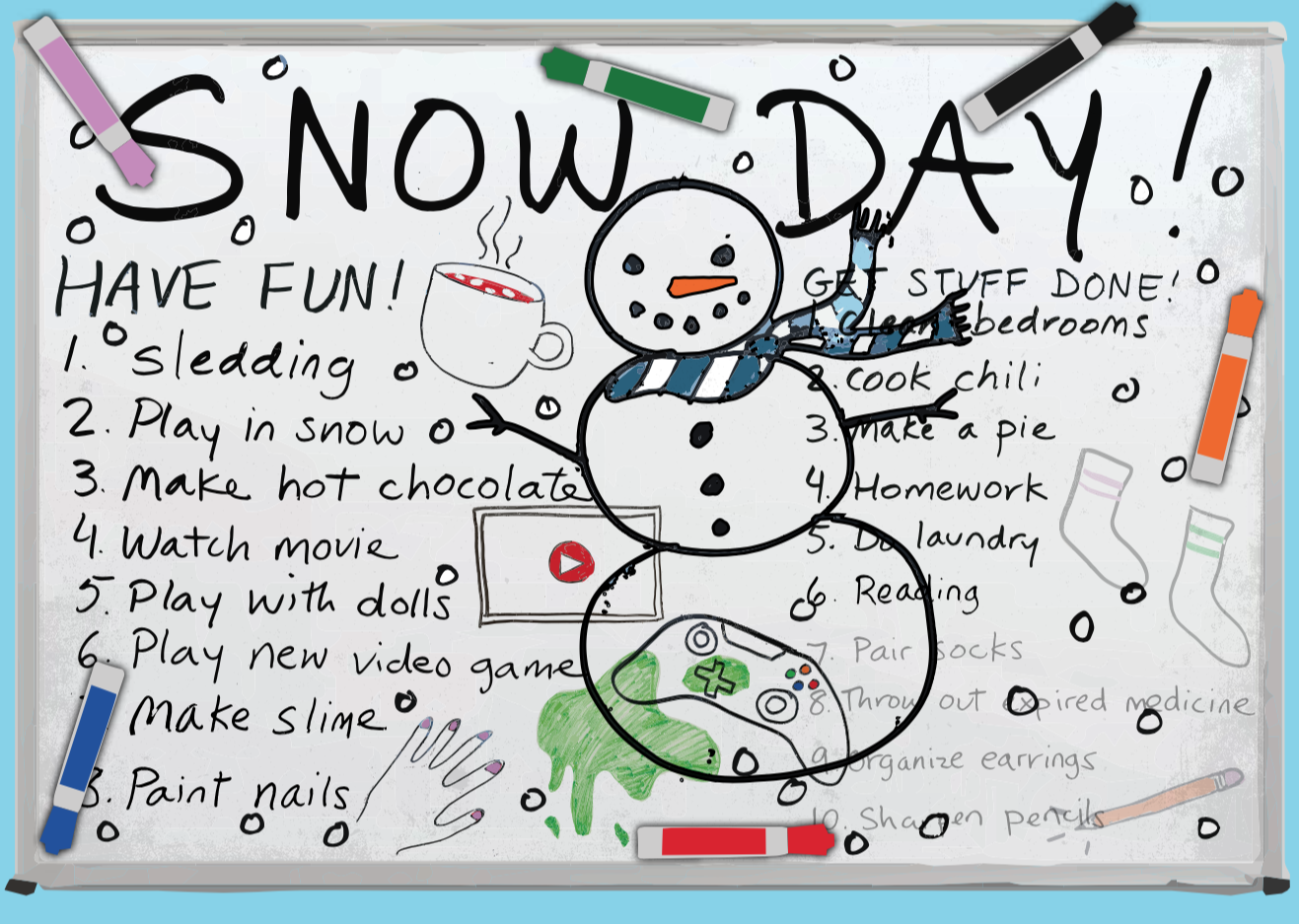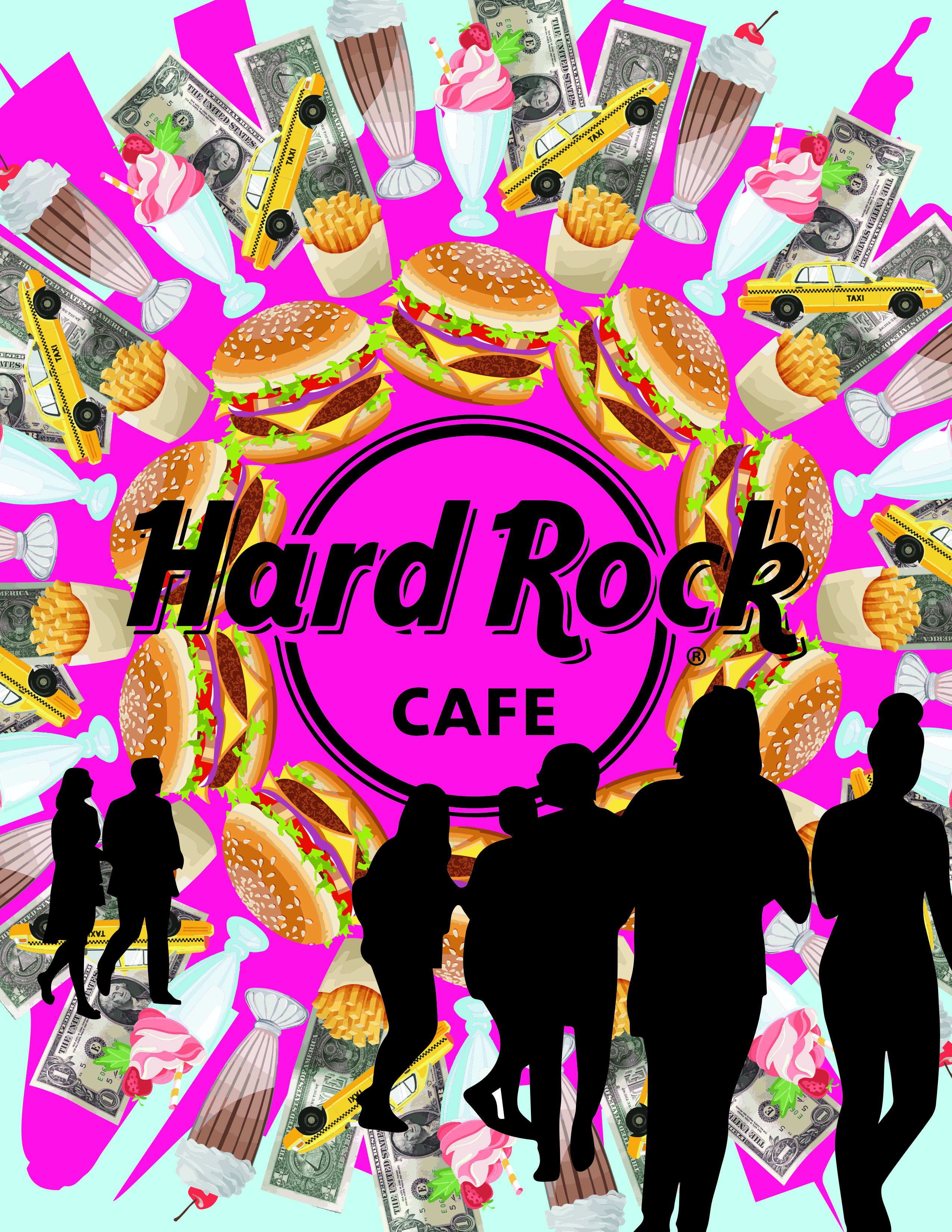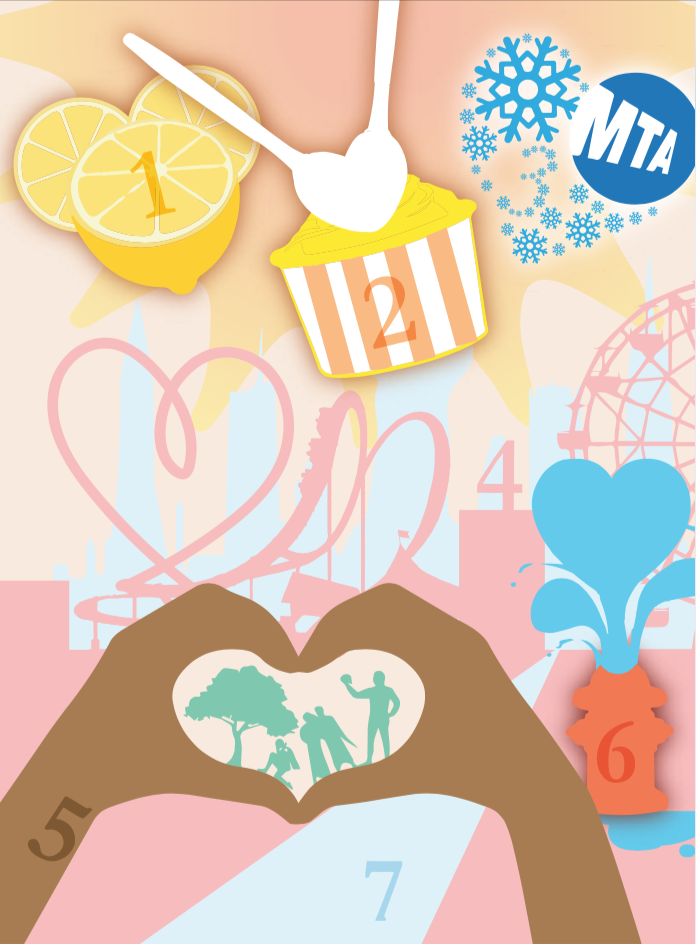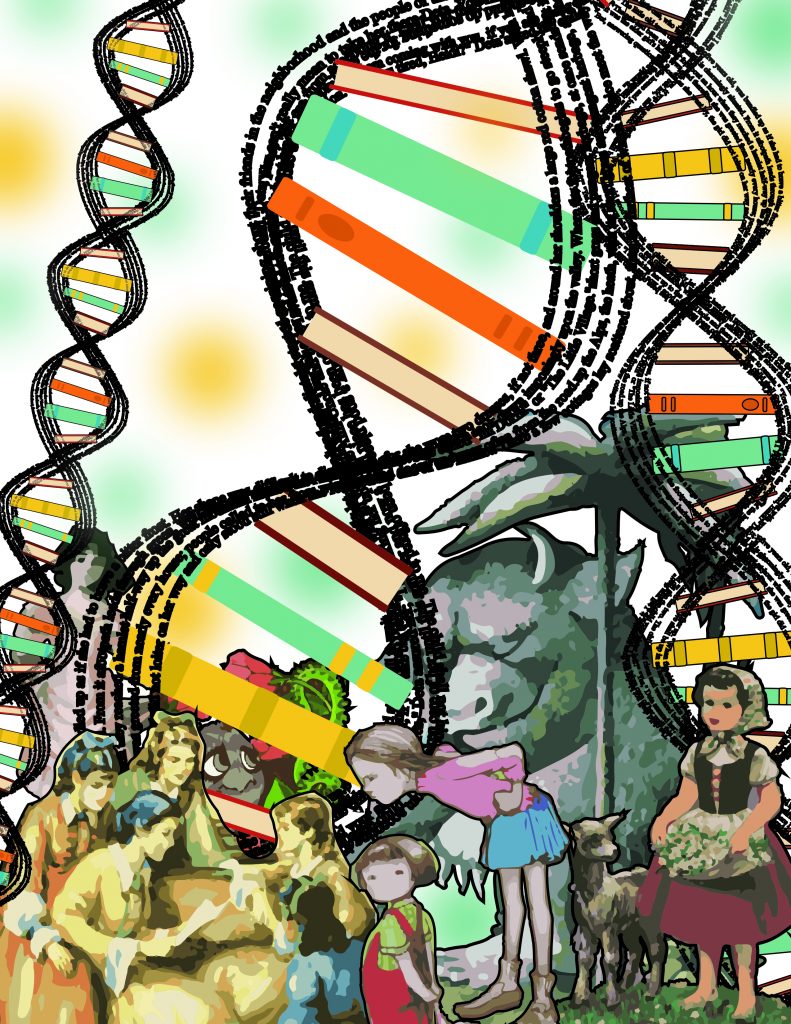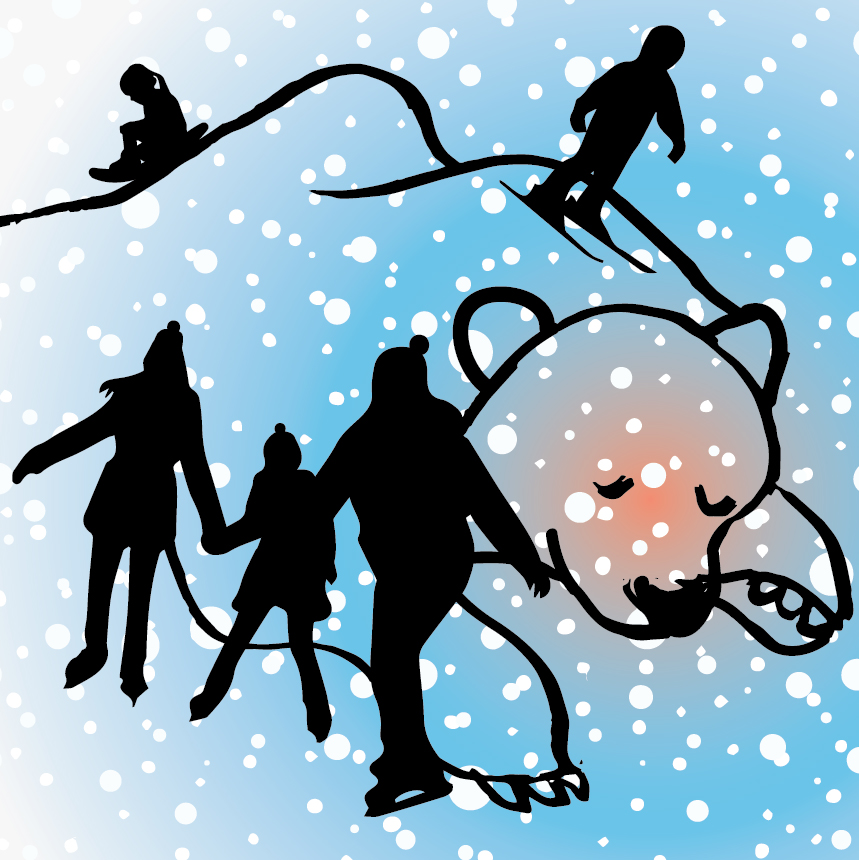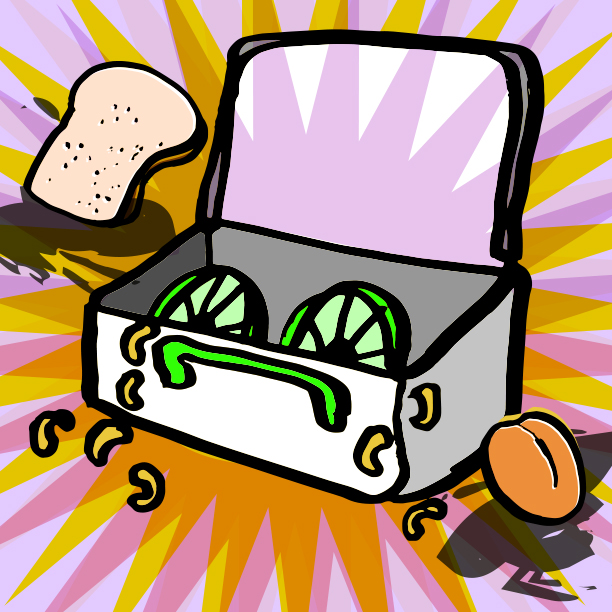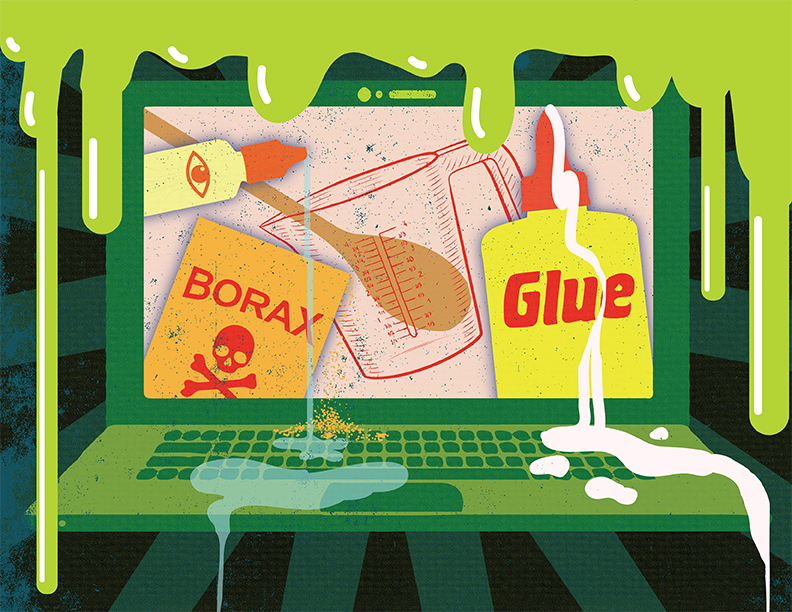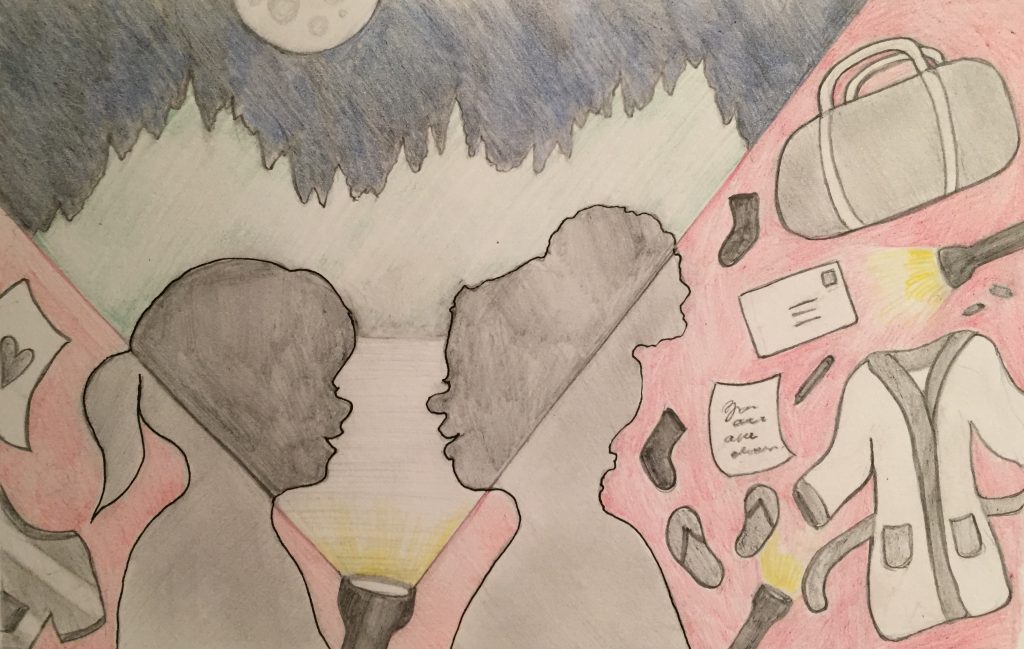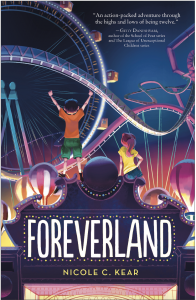
Happy spring! This particular dispatch goes straight out to the kids. Here’s a sneak peek of my middle grade novel, Foreverland, in bookstores this April, from Macmillan Kids’ Imprint.
Fun fact: I am running away. To live in an amusement park.
Related fact: I am not a runaway kind of person. Unless you’re talking about running away from a fight, or from awkward eye contact or something. Then, yes, totally, I’m your girl.
But if you made everyone in my sixth-grade class vote for “Least Likely to Run Away to Live in an Amusement Park,” they’d definitely pick me. If they could remember my name.
So it’s kind of unbelievable that I am here, standing directly in front of the Foreverland gates, in the middle of a Wednesday in the middle of the summer, when everyone thinks I’m at computer camp back in the city.
Life is full of surprises.
People say that like it’s a good thing, but honestly, the surprises are usually bad ones. At best, it’s 50/50. Of course, I’m a glass-half-empty kind of person—at least that’s what my mom tells me. So I might be wrong. But, just as an example, the suitcase I found this morning by the door—that was a surprise. And not the party-hat kind, that’s for sure.
This, here, my running away—I haven’t decided yet if it’s a good surprise or a bad one. Because I haven’t decided yet whether I’m really doing this. Yes, I took the Metro-North from Grand Central for an hour and a half, then the Foreverland shuttle bus to get here, but I haven’t really done anything wrong yet. I haven’t done anything I can’t undo.
I crane my neck up to look at the foreverland sign hanging in the middle of the gate. Underneath, in smaller letters, it says: where magic never ends! I look past the gate and see the sweep of coasters curving like mysterious symbols in the sky. I breathe in the tangy, plasticky smell of cotton candy from a nearby stand. If the color pink had a scent, this would be it. I hear the joyful shrieks of people riding high, cutting through clouds. It looks and smells and sounds like freedom and fun and, yes, maybe even magic. And it can all be mine . . . if I step inside.
Chances are, I’ll get caught right away. I mean, there are definitely people who could pull this thing off—fast-thinking, slick-talking criminal masterminds—but I am not one of those people. I panic when I order from the “12 and under” menu, even though I am twelve, because it feels like I’m just cutting it a little too close. This will never, never work.
I could just spin around, retrace my steps, take the train to the city, and be back before my parents get home.
Home.
Home.
I can think of about a hundred reasons why I shouldn’t take another step forward.
But I do.
I take another step. I walk through the gates. Right into Foreverland.
. . .
I head to the ticket booth, weaving around a swarm of little kids in mustard-yellow Camp Barrie T-shirts. The ticket line is really long. I knew the park would be busy, since it’s the middle of the day, but the park is even more packed than I’d expected. Which is great. Perfect, actually.
The bigger the crowd, the easier it is to get lost in.
And since getting lost in the crowd is one of my specialties, I’m all set.
Fun fact: I’m a wallflower.
Actually, I’m more like wall paint. I’m pretty sure flowered wallpaper gets more attention than I do.
I guess it’s because I’m quiet or maybe I have one of those faces that looks like a lot of other faces. Either way, lots of people forget they’ve met me. It’s hard not to be insulted. Nobody wants to be invisible.
Except for superheroes, as my ex-best friend Priya would point out when I complained about this. Spies, too.
“You’re looking at this all wrong,” she’d say. “Think of all the perks of blending in.”
This, right here, is one of those perks. When you’re running away to live in an amusement park, it comes in handy to have the kind of face people instantly forget.
The longer I wait in line, the more nervous I get. My heart’s racing and my stomach gets that familiar churning feeling.
I do the one thing that I know will definitely calm me down.
I write an acrostic poem.
I take my brand-new notebook out of my backpack, uncap a Flair pen, and scribble:
A
C
R
O
S
T
I
C
Then I fill it in:
A kind of weird way to
Calm down, but weird is
Relative. It’s not nearly as
Odd as that
Sixteen-year-old I read about who
Turns her fingernail clippings
Into sculptures, as a way to
Chill.
Acrostics are my superpower. I can turn any word into an acrostic in under ten seconds.
I inch forward in the line. The closer I get to the ticket window, the more my heart speeds up.
Then it’s my turn. I slip my notebook into my backpack, take out my money, and walk up to a ticket window. A grandma-type lady with short gray hair is asking me, “How many tickets?”
“One,” I croak. “Youth. Ummm, ticket?”
Ticket Lady is peering at me over the tops of these glasses.
“How old are you?” Ticket Lady asks.
My heart is thundering in my chest and my palms are so clammy, my money’s getting damp.
“Twelve?”
Here’s the thing: I’m not even lying. But I’m short for my age, so I know Ticket Lady will think I’m lying. And that’s enough to make me short-circuit.
Now Ticket Lady has taken her fingers off her keyboard, and she’s leaning over her counter to look at me, which is definitely a bad, bad sign.
Please don’t ask where my parents are, I think. Please don’t ask—
“Where are your parents?” Ticket Lady asks.
Fun fact: I am a terrible liar. The worst. Pinocchio is smoother than I am.
“My parents? They’re, um, coming?” I say. “In a few minutes?” All my answers come out like questions.
This happens to me all the time, and it drives my mom nuts. She’s always lecturing me: “When you make your voice go up, like this? It doesn’t command respect? You see what I’m saying?”
I do now. I see exactly what she’s saying because Ticket Lady, who is officially suspicious, is asking me, “So you’re unaccompanied?”
“No!” I say, way too loudly. “My parents are here, it’s just—I, um, I couldn’t wait to come in, and my toddler—I mean, my sister, who is a toddler—she had an accident . . . a, uh, urination accident? So they went back to the—to our car? Which is in the lot. The parking lot.”
It’s like my mouth has been hijacked. I have zero control over the words coming out of it.
I put $47 in sweaty, crumpled bills on the counter and push them through the slot in the window.
Ticket Lady frowns, then looks behind me at the long line, which I am holding up. After a few seconds, she pulls my money through the window and stabs at a few keys on her keyboard, and then a tiny printer starts sputtering. My ticket.
I’m not the beaming type, but I beam.
“Have a magical day,” she says. Her lips are pursed tight, like she is still really skeptical, so I don’t think she genuinely wants me to have a magical day, but that’s okay. I’ll take it.
“Thanks!” I say. “You, too!”
I walk over to the turnstiles, where a bored-looking teenager with hair down to his shoulders takes my ticket. He inserts it into the ticket-eating machine, which gobbles it up, and then the light on the turnstile turns green.
“Have a magical day,” he mumbles, in a monotone.
And just like that, I’m in. I am in Foreverland. And it’s exactly how I remember it.
Support Park Slope Reader’s Go Fund Me to keep us providing FREE local content throughout this time.


